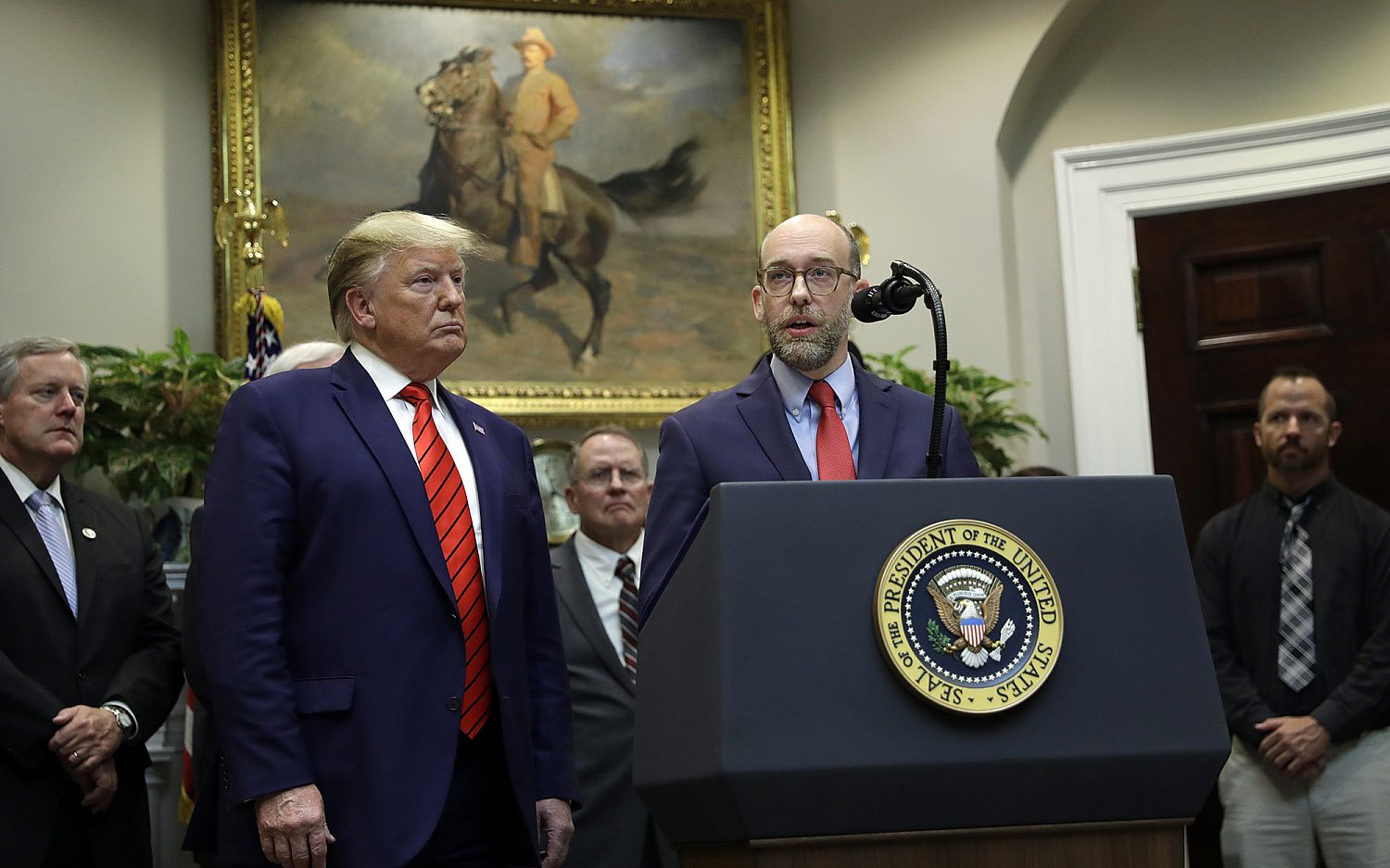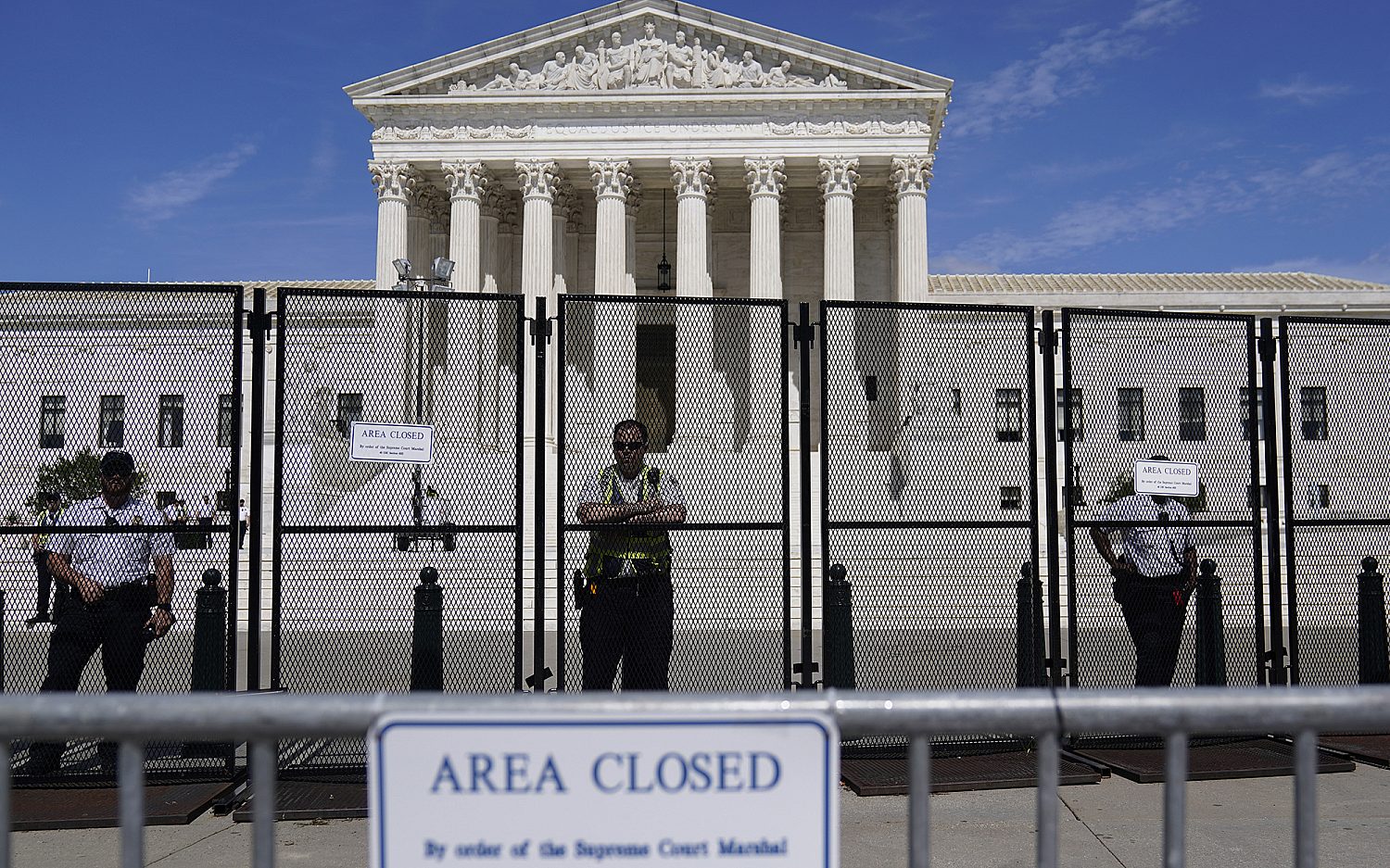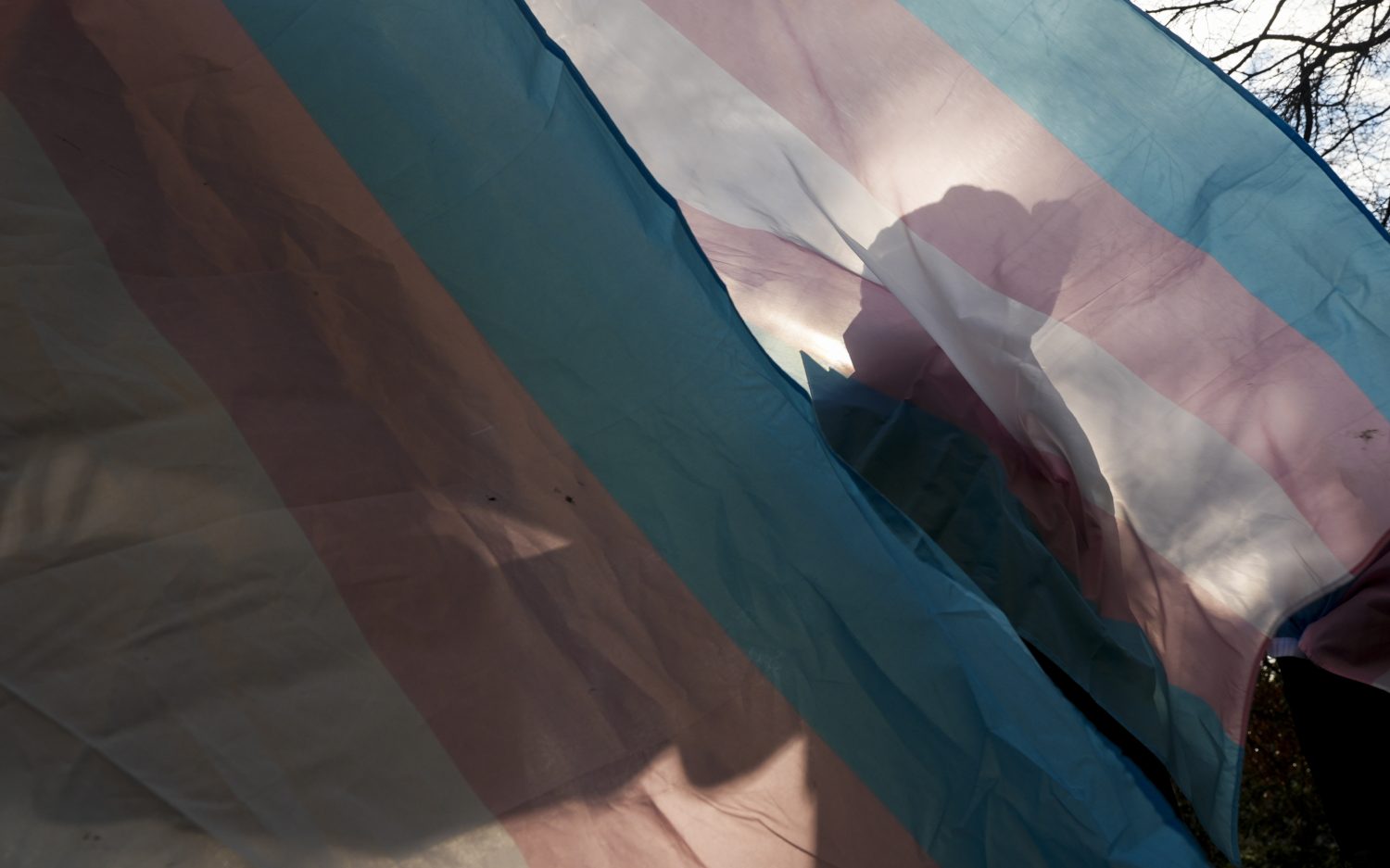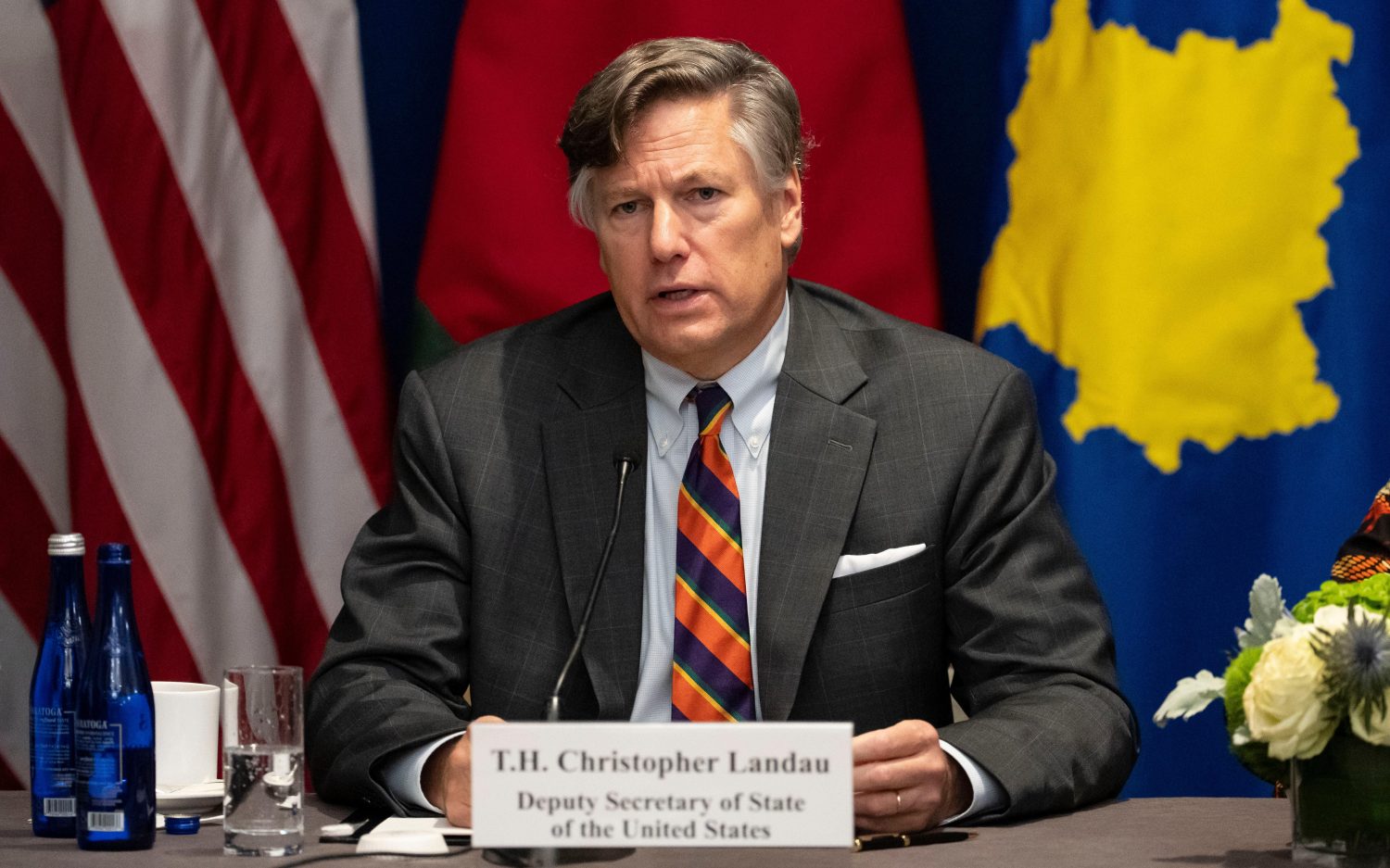Jamestown graves a glimpse into early America
Archeologists believe one grave contains the remains of the colony's first pastor
The excavation of 400-year-old graves from America’s first permanent English settlement has opened a rare window into the country’s early years. Archaeologists on Tuesday announced their discovery of four skeletons they say belonged to early leaders in Jamestown, Va. One was the colony’s first pastor, and the others a British knight and two military captains.
The graves, buried in a former church in the center of historic Fort James, are a major discovery: Surrounded in a wooden palisade, Fort James was thought to have been lost and swallowed by the James River until William Kelso, archaeology director for Jamestown Rediscovery, found it in 1994. The location of the fort’s church—the church where John Rolfe married Pocahontas—was discovered in 2010. Archaeologists later found the four graves in the church’s chancel.
“To find burials of leaders who more or less have been forgotten and lost to history is, I think, a really important and significant contribution,” said Kelso, who led a team that worked on the graves. Kelso’s team partnered with researchers from the Smithsonian National Museum of Natural History to study the graves using chemical tests, skeletal analyses, and 3-D scans.
Founded in 1607, Jamestown has the distinction of being the first English settlement to survive in what is now the United States. The early years were rough, with colonists dying from disease and starvation, including 250 who died during the harsh winter of 1609-1610, known ominously as the “starving time.”
The burial of four men near the church’s altar suggests they carried a high status within the colony. Although the site’s acidic soil has turned three coffins to dust and eaten away at skeletal remains, careful excavation has allowed archaeologists to gather important clues about the graves’ occupants. Genealogical research helped confirm the identities of the men to a high level of confidence.
Testing the bones and teeth gave approximate ages of the men when they died, ranging from early 20s to late 40s. Three were buried in coffins: Although most of the wood had rotted way, the archaeologists were able to deduce the coffins’ shapes by looking at the orientation of rows of coffin nails. One coffin was hexagonal, and two others were anthropomorphic, widened at the shoulders but narrowed around the head—a more complex design made to fit the human body.
The hexagonal coffin contained the remains of a man believed to be Capt. Gabriel Archer, the colony’s first secretary and a vocal critic of John Smith, the famous explorer and early leader in Jamestown. Archer died around age 35 during the starving time.
Clues linking the grave to Archer include an iron fragment from a “leading staff,” indicating his rank as a captain. Archer’s grave also contained a hexagonal silver box known as a reliquary, typically associated with Catholic churches and made to hold sacred relics.
Kelso said discovering the reliquary was an exciting moment for the team. When they first picked it up, something rattled: “We didn’t know what was inside. We thought it might just be a bar of copper,” or coins, or a signet ring.
As it turned out, the box was too old to open without damaging it, so the researchers used a high-powered CT scan to peer inside. “It was actually stuffed with bones. Slivers and fragments,” Kelso said. It also contained a lead vial typically used to hold holy water, oil, or blood.
The presence of the reliquary remains a riddle since Jamestown and the church where Archer was buried were officially Anglican. The researchers speculate Archer might have secretly remained a Catholic, as his parents were. Or the reliquary might simply be an indication that Anglicans retained Catholic customs after they broke from Rome.
The two anthropomorphic coffins are believed to contain the remains of two kinsmen, Capt. William West and Sir Ferdinando Wainman, who was both a captain and a knight. Wainman arrived in Jamestown in June 1610. He was quickly given charge of the colony’s artillery and appointed to the governing council, but he died in August. West also arrived in Jamestown in June 1610 but died in a skirmish with Native American warriors a few months later.
West’s coffin contained a sash with silver thread and silver spangles, a decorative symbol of his rank as a captain.
The fourth grave in the church chancel is believed to belong to Jamestown’s first pastor, Robert Hunt, who arrived with the first colonists in April 1607. Upon landing, he led in thanksgiving to God for safe passage, preaching what researchers say was one of the earliest Protestant sermons in America.
The colony’s first president described Hunt as “a man not in any way to be touched with the rebellious humours of a popish spirit, nor blemished with the least suspicion of a factious schismatic.”
Hunt died in 1608, perhaps the first person to be buried in the newly erected church. He was buried without a coffin, in a simple shroud, with his head pointing toward the east, as was traditional for clergy burials.
Laymen were typically buried with their bodies pointing west, so that they would rise facing the east—toward Jerusalem—at the final resurrection. Clergy were buried the opposite direction so that they would face their congregation when they rose.
An actual newsletter worth subscribing to instead of just a collection of links. —Adam
Sign up to receive The Sift email newsletter each weekday morning for the latest headlines from WORLD’s breaking news team.





Please wait while we load the latest comments...
Comments
Please register, subscribe, or log in to comment on this article.